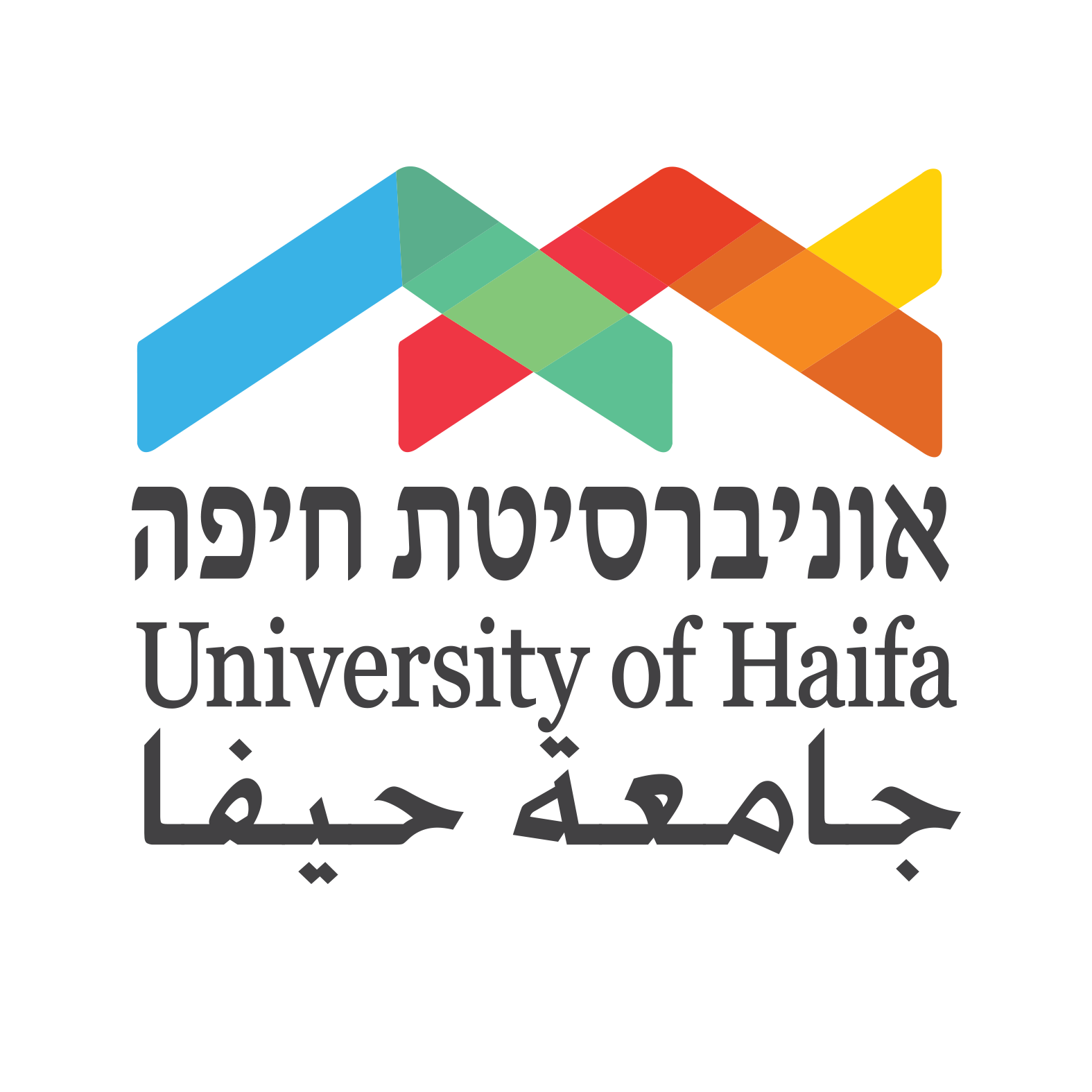University of Haifa visualization technologies help archaeologists piece together information from ancient civilizations.
If a picture is worth a thousand words, a 3-dimensional picture may be invaluable – especially to archaeologists who seek to reconstruct cultural objects from shattered or broken pieces. Today, 3D imaging has become critical to applications in medical and scientific visualization, urban planning, architecture and design.
Prof. Ilan Shimshoni and his team at the Department of Information Systems in collaboration with the University of Haifa’s Zinman Institute of Archeology and Prof. Ayellet Tal from the Technion-Israel Institute of Technology, have developed a 3D imaging software that mimics traditional archeological manual drawings, enabling the efficient scanning of dozens of objects per day. The system provides rapid visual recognition of artifacts, exposing grooves and ridges and illuminating patterns through 3D color shading, for a more realistic and accurate illustration of objects. As a result, it drastically reduces costs and time associated with traditional documentation methods which are to a large extent manual.
“We hope that one day the software will be able to read ancient scripts inscribed on artifacts and crossreference this information across collections.”
- Prof. Ilan Shimshoni

(l) 3D model
(r) Colored 3D Model with shading enhancement
(l) Original line drawing
(r) 3D reconstruction of drawing
Shimshoni and his colleagues are participating in a cross-disciplinary European consortium. The GRAVITATE Project is an initiative tasked with creating a set of 3D visualization tools that will improve archeological data collection while providing opportunities for cross-referencing which may lead to greater insights into relationships between past societies. “We hope that one day the software will be able to read ancient scripts inscribed on artifacts and cross-reference this information across collections,” explains Prof. Shimshoni. As part of the GRAVITATE initiative, the Israeli group is developing additional software tools to improve archeological processing and data management. These visualization tools will allow archaeologists, historians and museum curators to reconstruct shattered or broken cultural objects, identify and reunify parts of a cultural object that may have been separated across collections, and recognize visual associations between cultural artifacts to improve the process of piecing history back together.
What’s GRAVITATE?
Gravitate stands for Geometric Reconstruction And noVel semantic reunificaTion of culturAl heritage objEcts. It is funded by the European Union’s Horizon 2020 research and innovation program.


